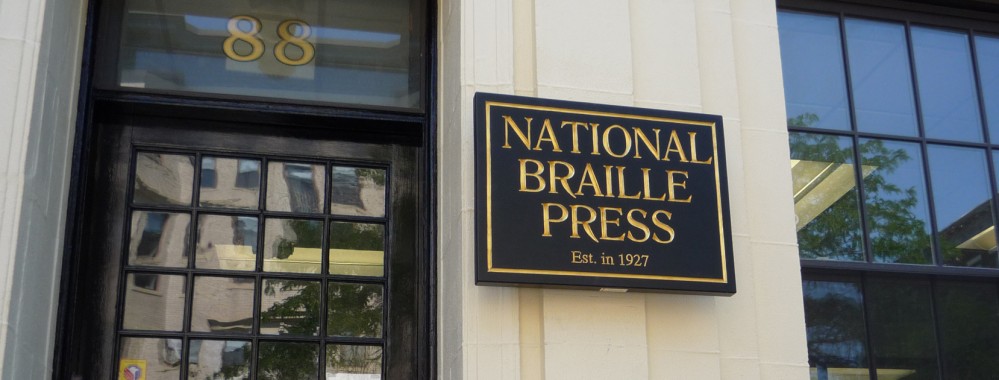When my son was small, he was my best sampler of kids’ books to offer in our Children’s Braille Book Club.  “No, Mom. Forget it. Borrring!” was the gist of his review of many, many books. But sometimes he would surprise me, like the time he sat quietly as I read all the way through “The Story of Ruby Bridges” by Robert Coles. It was 1995, a long time after the actual story took place.
“No, Mom. Forget it. Borrring!” was the gist of his review of many, many books. But sometimes he would surprise me, like the time he sat quietly as I read all the way through “The Story of Ruby Bridges” by Robert Coles. It was 1995, a long time after the actual story took place.
Ruby Bridges was six years old when she agreed to be one of the first black students to integrate New Orleans schools in 1960. Her parents must have  agreed, too. It was a brave decision all around. She would later remember the white woman who heckled her from the sidewalk, carrying a black doll in a coffin.
agreed, too. It was a brave decision all around. She would later remember the white woman who heckled her from the sidewalk, carrying a black doll in a coffin.
When Ruby showed up at school, everybody left. Yep. The entire school emptied out. The only two people left were Ruby Bridges and her teacher Barbara Henry, who was white, and the only teacher willing to teach a black student. For one year, Henry taught Bridges alone. When the year ended, Henry moved and the two lost touch.
This is where my son re-enters the picture. He took the print-braille version of the book to his school in Boston. That night he mentioned, over a plate of spaghetti, “Mom, you know what? Ruby’s teacher is at my school.” I smiled. I didn’t believe him. I cleared the table.
“Really, Mom. And she wants to keep the book.”
Several days later on the drive to school, “Mom. What shall I tell Mrs. Henry? She wants the book. She’s been trying to find Ruby all these years.” For some reason in that moment it clicked. I checked the book jacket information and saw that it mentioned only Mrs. Henry’s maiden name—her whereabouts unknown.
I went into the office and called the publisher, Scholastic Inc., and reported the connection. A few minutes later I took a call from an excited publicist, “Ruby has been looking for her teacher all these years, too!” In 1996, after thirty-five years, the two were reunited on Oprah. Ruben and I made a bowl of popcorn and watched the whole show—and we cried.
To Ruben, Keep the faith and thanks so much for bringing Barbara back to me! – Ruby Bridges
Dear Ruben, You will ever be so very special to me for all the joys you helped bring to me in finding Ruby and renewing our friendship and love. – Barbara Henry


